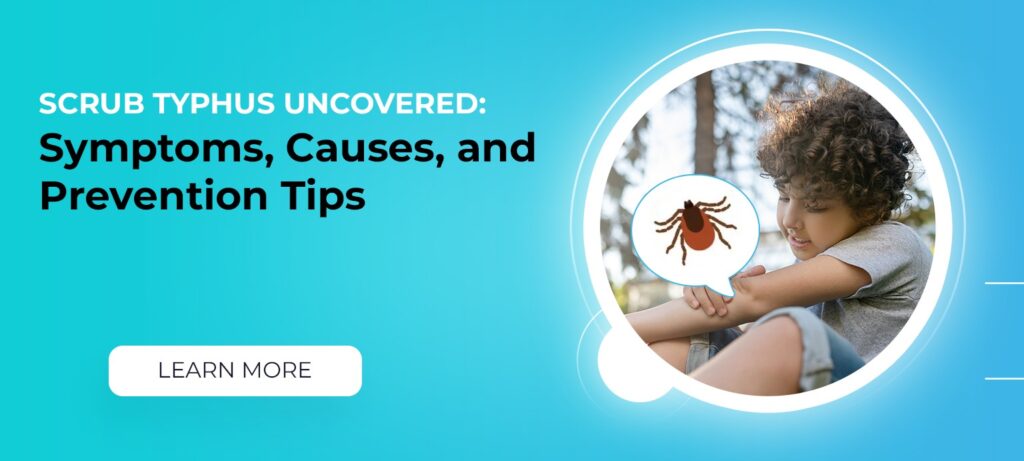Explore complete details on allergies into childhood allergies with Dr. P P Giri, a top pediatrician in Kolkata. Children’s allergies are more common than ever before, and they negatively impact their everyday lives and general well-being. Whether its seasonal allergies, food allergies, or skin reactions, managing these conditions can challenge both children and parents.
Tips for Dealing with Allergies in Children
Understanding Childhood Allergies
When a child’s immune system reacts negatively to typically harmless items like pollen, dust mites, or specific foods, an allergy develops. These things which are referred to as allergens, can cause a variety of symptoms, such as rashes, itching, sneezing, or even more serious responses including breathing problems.
Allergies can be divided into several types:
- Respiratory Allergies: Triggered by airborne allergens like pollen, dust mites, or pet dander.
- Food Allergies: Common triggers include milk, eggs, peanuts, shellfish, and wheat.
- Skin Allergies: Conditions like eczema or allergic rashes caused by contact with allergens such as soaps, perfumes, or plants.
Symptoms of Allergies in Children
Effective allergy management depends on the early detection of symptoms. Dr. Prabhas advises that parents need to be aware of the following symptoms:
- Sneezing, runny nose, or nasal congestion (often mistaken for colds)
- Watery, itchy eyes
- Itchy or red skin rashes
- Wheezing, coughing, or shortness of breath
- Stomach pain, vomiting, or diarrhea (especially after consuming certain foods)
These symptoms can vary in intensity, with some children experiencing mild discomfort while others may face more severe reactions like anaphylaxis, which requires immediate medical attention.
Common Children’s Allergy Factors
Dr. Prabhas outlines some of the most common allergens that children are exposed to:
- Pollen: Allergens from trees, grasses, and weeds can start seasonal allergies, commonly known as hay fever, causing sneezing, runny nose, and itchy eyes.
- Dust Mites: This tiny insects, which are common causes of allergy responses including coughing, sneezing, and asthma symptoms, flourish in carpets, beds, and couches and chairs
- Animal Dander: Small skin flakes that are lost by dogs and cats can cause allergic responses, which can result in symptoms like itchy eyes, sneezing, or breathing problems.
- Mold: Mold spores found in damp areas like bathrooms and basements can cause allergies, leading to respiratory symptoms like coughing, wheezing, or nasal congestion.
- Certain Foods: Common food allergens such as milk, eggs, peanuts, tree nuts, soy, and seafood can trigger reactions like hives, stomach pain, or, in severe cases, anaphylaxis.
- Insect Stings or Bites: Bee or wasp stings can cause allergic reactions in some children, ranging from mild swelling to severe, life-threatening anaphylaxis.
Prevention Tips for Allergies
Pediatricians provide useful preventative techniques to limit exposure to common allergens and lower the frequency of allergic responses, even if allergies cannot always be avoided:
𝐂𝐨𝐧𝐭𝐫𝐨𝐥 𝐈𝐧𝐝𝐨𝐨𝐫 𝐀𝐢𝐫 𝐐𝐮𝐚𝐥𝐢𝐭𝐲:
- When the pollutants are high, keep windows closed
- Regularly vacuum and use air purifiers to cut off dust and fur from pets.
𝐌𝐢𝐧𝐢𝐦𝐢𝐳𝐞 𝐄𝐱𝐩𝐨𝐬𝐮𝐫𝐞 𝐭𝐨 𝐃𝐮𝐬𝐭 𝐌𝐢𝐭𝐞𝐬:
- Avoid using heavy drapes or carpets that trap dust.
𝐌𝐚𝐧𝐚𝐠𝐞 𝐅𝐨𝐨𝐝 𝐀𝐥𝐥𝐞𝐫𝐠𝐢𝐞𝐬:
- If your child has a known food allergy, carefully read food labels and avoid cross-contamination when preparing meals.
- Teach your kids to identify and stay away from foods that cause allergies.
- Inform teachers and caretakers about your child’s allergies to ensure their safety in school or other environments.
𝐋𝐢𝐦𝐢𝐭 𝐎𝐮𝐭𝐝𝐨𝐨𝐫 𝐀𝐜𝐭𝐢𝐯𝐢𝐭𝐢𝐞𝐬 𝐃𝐮𝐫𝐢𝐧𝐠 𝐇𝐢𝐠𝐡 𝐏𝐨𝐥𝐥𝐞𝐧 𝐒𝐞𝐚𝐬𝐨𝐧𝐬:
- Monitor pollen levels during spring and summer months, and schedule outdoor activities when pollen counts are lower.
- Encourage your child to wash their hands and face after playing outside.
𝐏𝐞𝐭 𝐌𝐚𝐧𝐚𝐠𝐞𝐦𝐞𝐧𝐭:
- If your child is allergic to pets, consider keeping them out of certain areas like bedrooms or using pet-free zones at home.
- Bathe pets regularly to reduce dander.
𝐓𝐡𝐞 𝐈𝐦𝐩𝐨𝐫𝐭𝐚𝐧𝐜𝐞 𝐨𝐟 𝐄𝐚𝐫𝐥𝐲 𝐃𝐢𝐚𝐠𝐧𝐨𝐬𝐢𝐬
Dr. Prabhas stresses the importance of early diagnosis and intervention many signs of child allergies, such as recurrent colds or skin rashes, can be mistaken for other illnesses. Consulting a pediatrician when symptoms arise allows for accurate diagnosis and a customized treatment plan.
Early detection helps in:
- Improving symptoms by taking preventative action.
- Keeping clear of side effects including frequent sinus infections or asthma.
- Ensuring the kid has a higher quality of life through effective management of allergic responses.
𝐅𝐢𝐧𝐚𝐥 𝐓𝐡𝐨𝐮𝐠𝐡𝐭𝐬 𝐟𝐫𝐨𝐦 𝐃𝐫. 𝐏𝐫𝐚𝐛𝐡𝐚𝐬
Dealing with allergies can be challenging, parents can make sure their kids stay active and healthy by providing the correct support and care. As Dr. Prabhas puts it, “Allergies don’t have to limit your child’s life. By taking preventive measures, seeking timely treatment, and staying informed, you can help your child manage allergies effectively and enjoy a normal, happy childhood.”
If you have concerns about your child’s allergies, consult Dr. Prabhas Prasun Giri, a top pediatrician in Kolkata, for personalized advice and customized treatment options for your child’s needs.





Opdwodowkdwiidwok djwkqdwqofhjqwlsqj jfkmclasdkjfjewlfjkwkdjoiqw fnedkwdkowfwhi jiowjiowhfiwkj rohriowjropwjrofwjrijeiwo prabhaspediatrics.com